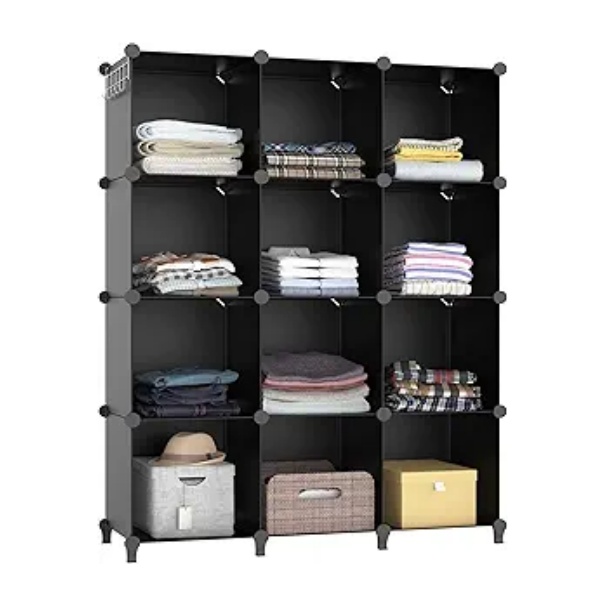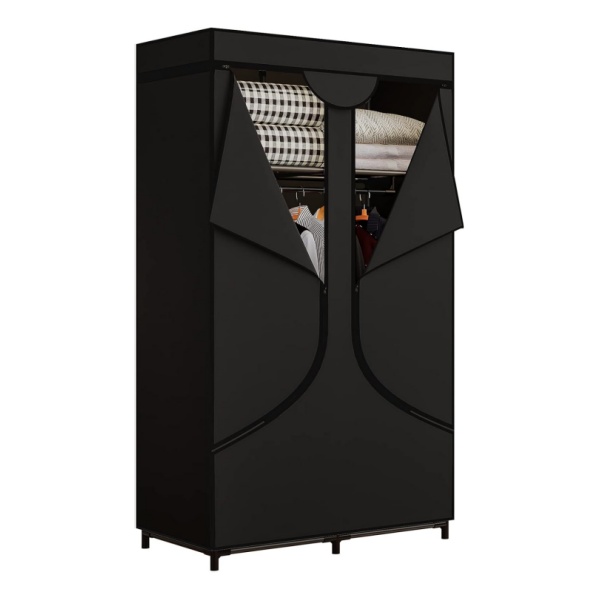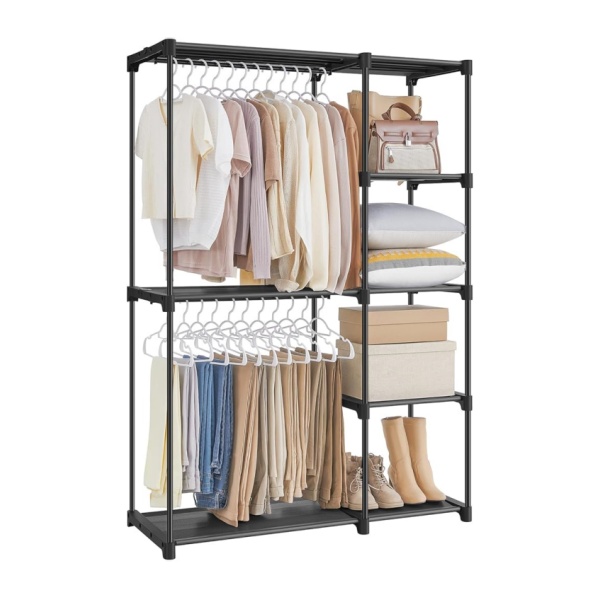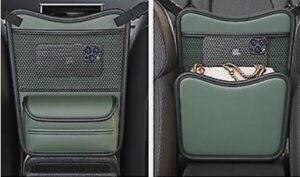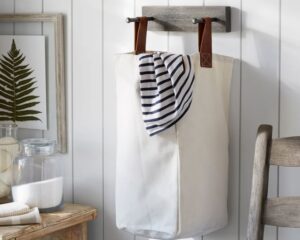Portable wardrobes offer flexibility, easy assembly, and a budget-friendly storage solution, making them popular among many. However, from a supplier’s perspective, it’s essential to consider their potential downsides, particularly when communicating with clients interested in wholesale, bulk, or custom options. Understanding these disadvantages helps suppliers provide a more well-rounded perspective to their customers. Let’s explore the key drawbacks of portable wardrobes in detail.
1. Limited Durability
One of the main concerns with portable wardrobes is their limited lifespan. Since many are made from lightweight materials like fabric, plastic, or thin metal frames, they can wear out or become damaged with regular use. Compared to traditional wooden or metal wardrobes, portable versions are more prone to structural issues, especially if overloaded or frequently moved. Bulk buyers seeking long-lasting storage solutions may need to weigh this factor carefully, particularly if the end customers expect extended use.
2. Lower Weight Capacity
Another drawback is the restricted weight capacity of portable wardrobes. Most models cannot support the same load as traditional wardrobes, limiting their suitability for storing heavy items like large winter coats, bulky bedding, or multiple pairs of shoes. For businesses looking to sell these wardrobes in bulk, it’s important to highlight this to clients who might market them to consumers with specific storage needs. Custom designs could help address this limitation, but typically, the base models are best suited for lighter storage.
3. Aesthetic Limitations
While portable wardrobes come in a variety of styles, they tend to have a more utilitarian look compared to standard wardrobes. The use of materials such as non-woven fabrics or simple metal frames often makes them less appealing in high-end or style-conscious markets. This can limit their attractiveness to certain customer segments, especially in regions where aesthetics play a significant role in purchasing decisions. For suppliers dealing in wholesale and bulk orders, offering custom design options could help address this challenge, though this may increase the production cost and lead time.
4. Potential Assembly Issues
Assembly is one of the major selling points of portable wardrobes, but it can also be a disadvantage. While most portable wardrobes are designed for easy setup, improper assembly or frequent disassembly and reassembly can lead to stability issues. Poorly constructed frames might become misaligned, and connectors or joints can weaken over time. Customers may find this frustrating, particularly if they’re purchasing these wardrobes for large-scale distribution. As a supplier, offering clear instructions or additional support materials for bulk purchases could mitigate this issue, but it’s still worth noting the potential drawbacks.
5. Susceptibility to Environmental Damage
Portable wardrobes are often less resistant to environmental factors like humidity, pests, or temperature changes. Fabric wardrobes, for instance, can become moldy if exposed to high humidity levels, while plastic connectors may weaken or crack in extreme temperatures. Bulk buyers distributing to regions with varying climates should be aware of this limitation, as it may impact the longevity of the product. For customers seeking a more robust solution, custom designs with moisture-resistant materials might offer a better alternative.
6. Less Secure Storage
Compared to traditional wardrobes with solid doors and locks, portable wardrobes provide minimal security for stored items. They are often closed with zippers or Velcro, which offer little protection against theft or tampering. This could be a concern for businesses or individuals who need secure storage, particularly if the wardrobe is used in shared living spaces or commercial environments. Suppliers may want to inform potential bulk customers that these wardrobes are best suited for non-valuable or everyday items.
7. Limited Size Options
Portable wardrobes generally come in standard sizes, which may not be sufficient for customers with more specific needs. For example, customers who need extra-large storage for oversized items or who have unique spatial requirements may find portable wardrobes too restrictive. Bulk buyers looking to cater to a wider range of end-users might need to explore custom sizing options to meet diverse demands. However, custom orders often come with increased production costs and longer lead times.
While portable wardrobes offer significant benefits like flexibility and affordability, they come with certain drawbacks, particularly in terms of durability, weight capacity, and aesthetics. Suppliers should be aware of these disadvantages when discussing bulk or wholesale options with clients. By providing a balanced perspective and offering potential custom solutions, businesses can ensure that their portable wardrobes meet the needs of their target market while managing customer expectations effectively.


